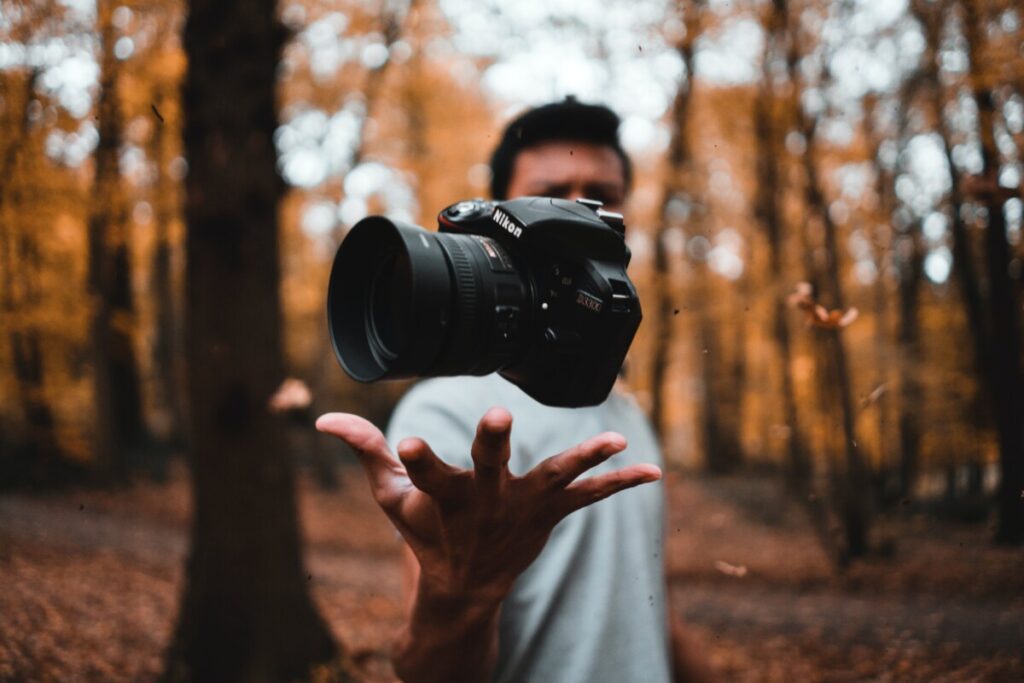In today’s digital age, everyone has a camera, be it on their smartphones or professional DSLRs. But what truly differentiates an ordinary photo from an extraordinary one? The answer lies in understanding the foundation of photography. Join us as we take you on a journey through this mesmerizing art form’s history, fundamentals, and nuances.
History of Photography: From Pinhole to Pixels
Long before the invention of the digital camera, humans were discovering ways to capture the world around them. The evolution of photography can be traced back to ancient times, where the concept of the camera obscura was born.
- Camera Obscura: The earliest device that projected an inverted image onto a surface. It wasn’t a camera in the traditional sense but it laid the groundwork for future innovations.
- Daguerreotype: Introduced in 1839, this was the first successful photographic process, giving birth to the world of professional photography.
- Film Photography: The 20th century marked the rise of film cameras, providing more flexibility and ushering in a new era of photojournalism and artistic expression.
- Digital Revolution: The 1990s saw the dawn of digital cameras, changing the game forever. Today, digital photography dominates, blending traditional techniques with modern technology.
Key Elements of Photography
Understanding the principles of photography can transform your approach and results. These are the pillars upon which the art stands:
- Composition: It’s the arrangement of elements in a scene. Rule of thirds, leading lines, and framing are some of the foundational techniques.
- Lighting: Light is the essence of a photograph. Whether it’s natural sunlight or artificial studio lights, understanding its behavior and properties is crucial.
- Focus and Depth of Field: Focus can make or break a photograph. Depth of field, however, relates to the range within which objects appear sharp in an image.
- Shutter Speed and Motion: This determines how motion is captured. A fast shutter speed freezes action, while a slower one creates motion blur, conveying movement.
- ISO and Grain: ISO measures the sensitivity of camera sensors to light. Higher ISO values are used in low-light conditions but can introduce grain or noise.

Genres of Photography
With the basics in place, one can venture into various genres, each offering unique challenges and rewards:
- Portrait Photography: Capturing the essence of individuals or groups, focusing on expressions, moods, and personalities.
- Landscape Photography: This encapsulates nature in its raw form, showcasing Earth’s wonders from vast terrains to intricate details.
- Wildlife Photography: A challenging yet rewarding genre that requires patience, capturing animals in their natural habitats.
- Macro Photography: Diving deep into the miniature world, it’s all about capturing tiny details that the naked eye might miss.
- Street Photography: A candid genre, capturing the essence of everyday life and human stories as they unfold in urban settings.
Evolution of Post-Processing
While capturing the photograph is paramount, the role of post-processing can’t be ignored. From the darkrooms of the past, where chemicals and papers brought images to life, to today’s digital software like Photoshop and Lightroom, post-processing helps photographers achieve their envisioned results, correcting imperfections and enhancing features.
Conclusion
Photography is a vast and intricate world, shaped by centuries of innovation and creativity. By understanding its foundation, one can truly appreciate the beauty and complexity behind every captured moment. As we look to the future, photography will undoubtedly continue to evolve, but its essence will remain unchanged – capturing moments and emotions, one click at a time.


